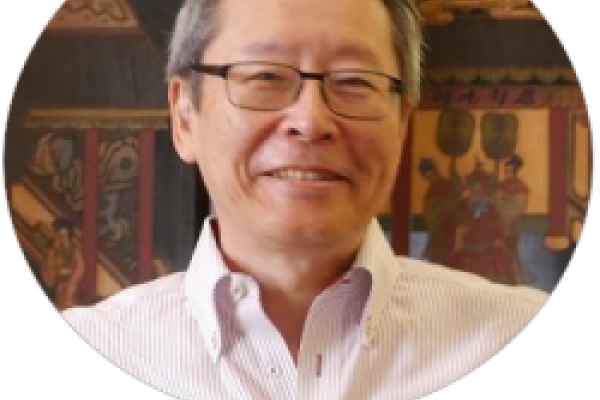The Institute for Japanese Studies is pleased to co-sponsor the Center for Medieval and Renaissance Studies lecture:
Haruo Shirane
Japanese Literature and Culture
East Asian Languages and Cultures
Columbia University
The Six Realms, Hell, and Resurrection in Medieval Japan
Abstract: One of the major features of the cosmology of medieval Japan (12th-16th centuries) was the emergence of Hell (Jigoku), or Purgatory, one of the Six Realms (Rokudō). Humans lived in the Human Realm (Ningai) and could fall into or be reborn into one of the other five realms unless they could manage to be reborn in the Pure Land (Jōdo), an eternal heaven that stood in contrast to the suffering of the Six Realms. Almost all of medieval literature, theater, and popular culture appear in this context. This lecture sketches out this broader context and then focuses on one of the most fascinating aspects: the assumption that even if one died and fell into hell, one could be resurrected and return to the world of the living. The journey to hell often became a means of "reawakening" or "resetting" one's life, of receiving some treasure and coming to a deeper understanding that needed to be passed on to the living. It was also an important means of reporting back to the living about the state of departed family members or loved ones. I look at noh plays, medieval popular legends, paintings, and religious texts to explore the function of hell journeys, the intermediaries, and the lives of the resurrected. If possible, I hope to compare this aspect of medieval Japan with similar dimensions in medieval Europe.
Bio: Haruo Shirane, Shincho Professor of Japanese Literature and Culture and chair of the Department of East Asian Languages and Cultures at Columbia University, teaches and writes on premodern and early modern Japanese literature and culture, with particular interest in prose fiction, poetry, performative genres (such as storytelling and theater), and visual culture.
He is finishing a book called Media, Performance, and Play: Japanese Culture from Outside In, which focuses on the role of manuscript culture, media, vocality, and performance, viewing cultural processes from the social periphery. Japan and the Culture of the Four Seasons (Columbia University Press, 2012) explored the cultural constructions of nature across a wide spectrum of literature, media, and visual arts from the ancient period to the modern. Most recently, he has coedited Monsters, Animals, and Other Worlds: A Collection of Short Medieval Tales (Columbia University Press, 2018); Reading The Tale of Genji: The First Millennium (Columbia University Press, 2015); and Cambridge History of Japanese Literature (Cambridge University Press, 2015).
Visit the
CMRS website for further information.
This Center for Medieval and Renaissance Studies lecture is supported by OSU's Institute for Japanese Studies and by a U.S. Department of Education Title VI grant to The Ohio State University East Asian Studies Center.

